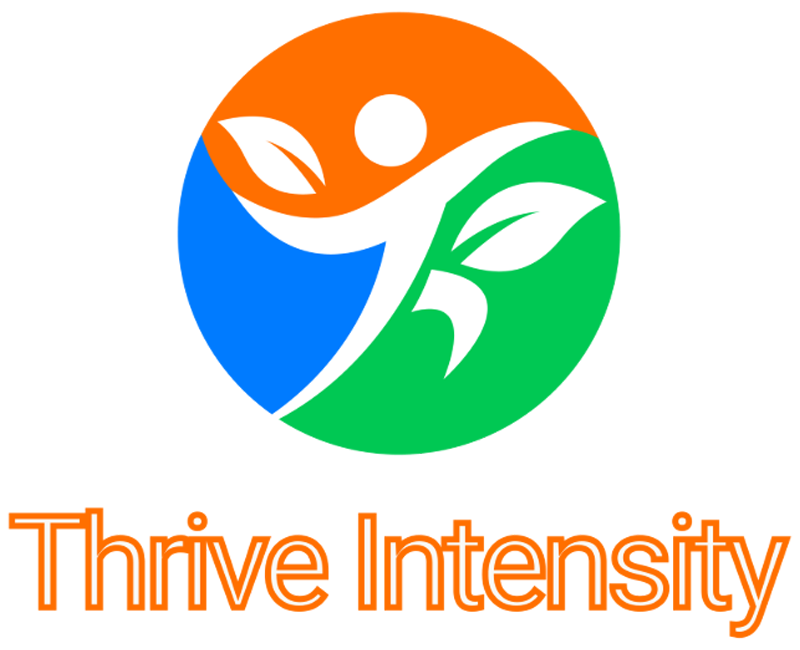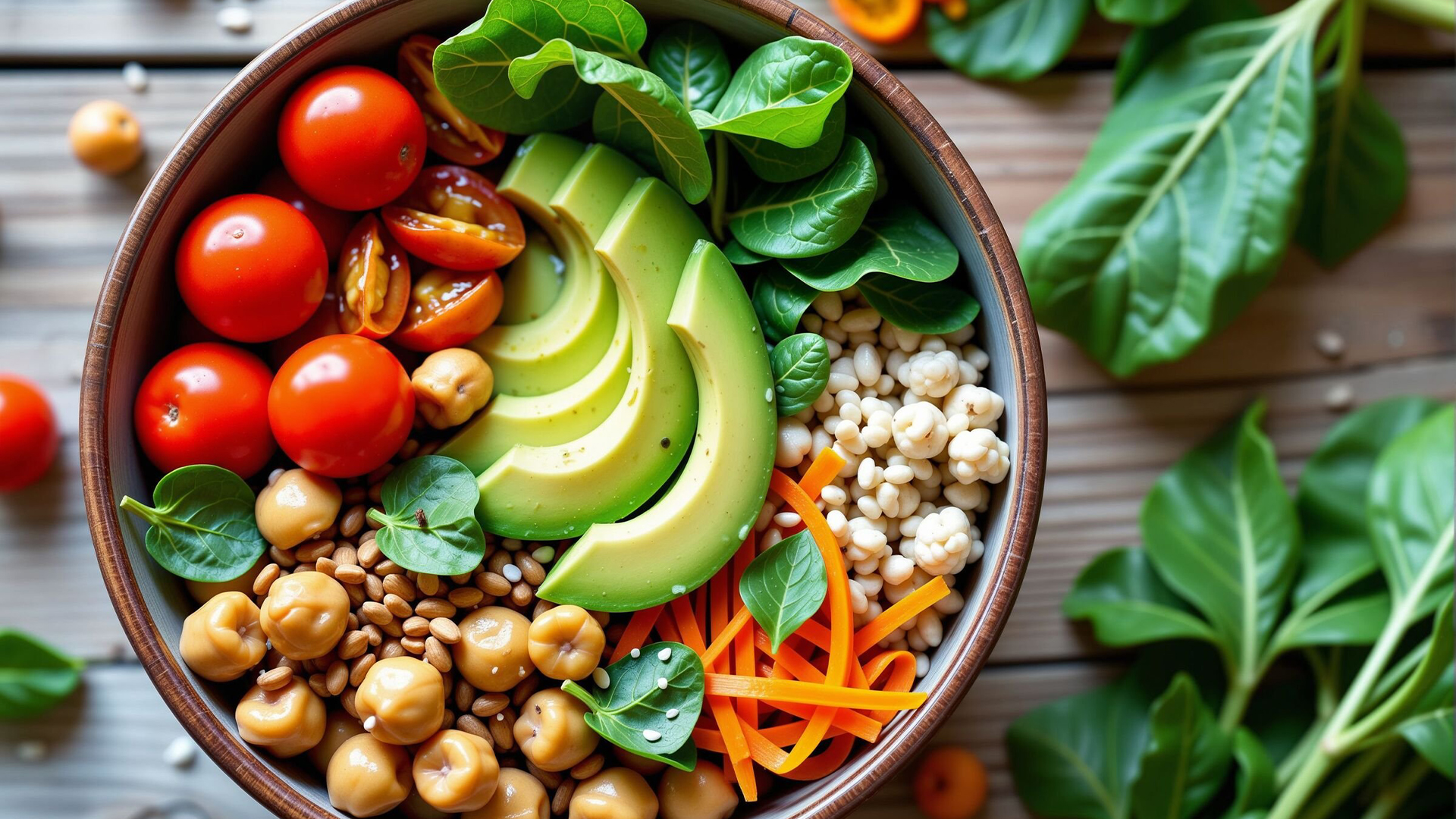
Let’s Talk Belly Fat: What It Means and How to Reduce It the Healthy Way
If you’ve been working on your health and feel frustrated that your belly fat just won’t budge—you’re not alone. That stubborn midsection is one of the most common areas people struggle with, especially women. But there’s a lot more to belly fat than aesthetics.
It’s not just about looking lean in jeans or feeling confident in a crop top—belly fat can also be a signal of what’s happening inside your body. The good news? You can reduce it. But it takes more than spot-toning exercises or slashing calories. It takes an approach that supports your whole body—nutrition, hormones, movement, and mindset.
Let’s break it down.
What Is Belly Fat, Really?
Not all fat is the same. Belly fat can be broken into two main types:
Subcutaneous fat: This is the soft, pinchable fat just under the skin. It’s generally less harmful but can be frustrating from a cosmetic standpoint.
Visceral fat: This is deeper abdominal fat that surrounds your organs. It’s metabolically active, meaning it can influence inflammation, insulin sensitivity, and hormone function. High levels of visceral fat are associated with increased risks for type 2 diabetes, heart disease, and metabolic syndrome.
While we all need some body fat for energy, hormone function, and protection, excess belly fat—particularly visceral fat—can impact your long-term health and quality of life.
Why Belly Fat Can Be So Stubborn
There are a few key reasons belly fat tends to hang on:
🔥 Hormones
Cortisol, your primary stress hormone, is known to promote belly fat storage. Chronic stress, poor sleep, and emotional burnout can all raise cortisol and lead to increased abdominal fat—even if you’re eating well.
🍽️ Poor Blood Sugar Control
Frequent spikes and crashes in blood sugar—often from high-sugar or ultra-processed foods—can lead to insulin resistance, making it harder for your body to burn fat efficiently.
💤 Lack of Sleep
Poor or inconsistent sleep can affect hunger hormones like ghrelin and leptin, increase cravings, and impair your metabolism.
🍷 Alcohol
Alcohol is metabolized differently than food, and excess intake is directly linked to increased belly fat—especially in women.
🏃♀️ Sedentary Lifestyle
While you can’t spot-reduce belly fat with crunches, movement plays a major role in metabolism, hormone regulation, and fat burning.
Can You Actually Target Belly Fat?
Here’s the deal: you can’t spot-reduce fat, but you can reduce overall body fat, and that includes your belly. Visceral fat tends to respond well to lifestyle changes—especially when the focus is on hormone balance, insulin regulation, and inflammation reduction.
Instead of extreme diets or doing 100 sit-ups a day, the real path to a flatter, healthier belly is through:
Consistent nutrition
Smart movement
Stress management
Balanced sleep
Long-term sustainability
Let’s talk about what that actually looks like.
7 Evidence-Based Ways to Reduce Belly Fat
1. 🥗 Focus on Whole, Unprocessed Foods
A plant-forward diet rich in fiber, protein, and healthy fats helps regulate blood sugar and keeps you full longer.
Choose more:
Leafy greens, cruciferous veggies
Legumes, tofu, tempeh
Whole grains (quinoa, oats, farro)
Avocados, nuts, seeds
Berries and low-glycemic fruits
Limit:
Added sugars
Refined carbohydrates (white bread, sugary cereals)
Processed snacks
Fiber, especially soluble fiber, helps reduce visceral fat by supporting digestion and reducing insulin spikes.
2. 🍽️ Eat Mindfully and Watch Your Portions
You don’t need to starve yourself, but being intentional about how and how much you eat can help regulate hormones and metabolism. Eating slowly, avoiding distracted meals, and stopping when 80% full are simple, powerful strategies.
3. 🧘♀️ Reduce Chronic Stress
High cortisol = more belly fat storage.
Try:
Meditation or breathwork (even 5 minutes)
Gentle movement like Pilates or yoga
Saying “no” more often
Prioritizing time for yourself
4. 😴 Improve Your Sleep Hygiene
Poor sleep increases cravings, reduces energy for movement, and dysregulates blood sugar. Aim for 7–9 hours of quality sleep and establish a calming nighttime routine.
5. 🏃♀️ Incorporate Regular, Enjoyable Movement
Cardio and resistance training both help reduce visceral fat. But so do walking, Pilates, dance, and anything that keeps you consistent.
You don’t have to live in the gym. Aim for:
150+ minutes of moderate movement per week
Strength training 2–3x/week
Daily movement (even 10-minute walks count!)
6. 💧 Hydrate Well
Water supports digestion, detoxification, and satiety. Often, we confuse thirst with hunger. Try starting your day with water and sipping regularly throughout.
7. 🔄 Be Consistent, Not Perfect
The most effective fat loss strategy is the one you can stick to. Your body needs time to adjust. Think long game, not quick fix. Track your wins beyond the scale—like energy, sleep, strength, and how your clothes fit.
What About Intermittent Fasting or Supplements?
Some people find intermittent fasting helpful for managing insulin and reducing body fat, including belly fat. But it’s not a magic pill. It works best when paired with high-quality nutrition, hydration, and sleep.
Supplements like omega-3s, magnesium, or probiotics may support metabolism and hormone balance, but they’re just that—supplements. Start with food and lifestyle first.
Bottom Line: Belly Fat Is a Symptom, Not a Failure
Having belly fat doesn’t mean you’ve failed—it’s often a sign of stress, imbalance, or survival mode. The best way to reduce it is by supporting your body, not punishing it.
🥗 Eat in a way that fuels you.
💤 Sleep like your health depends on it (because it does).
🧘♀️ Reduce the noise and honor your nervous system.
💪 Move your body out of love, not resentment.
And most importantly—be kind to yourself through the process.
💡 Want a personalized plan to help reduce belly fat, balance hormones, and finally feel good in your body again? Let’s chat! As a Certified Nutrition Coach, Pilates Instructor, and RN, I’m here to guide you every step of the way.
You deserve to thrive—not just survive. 💖








